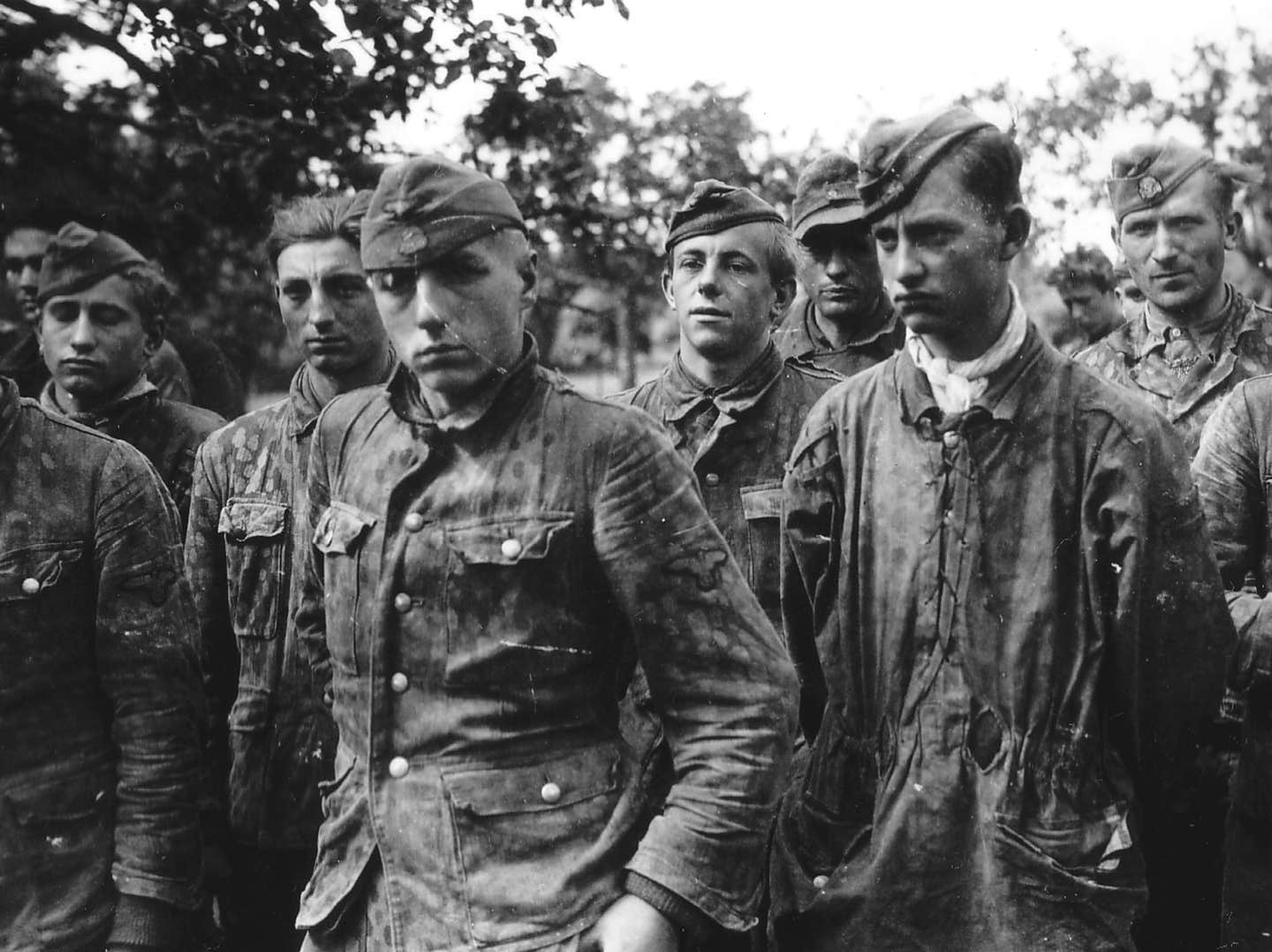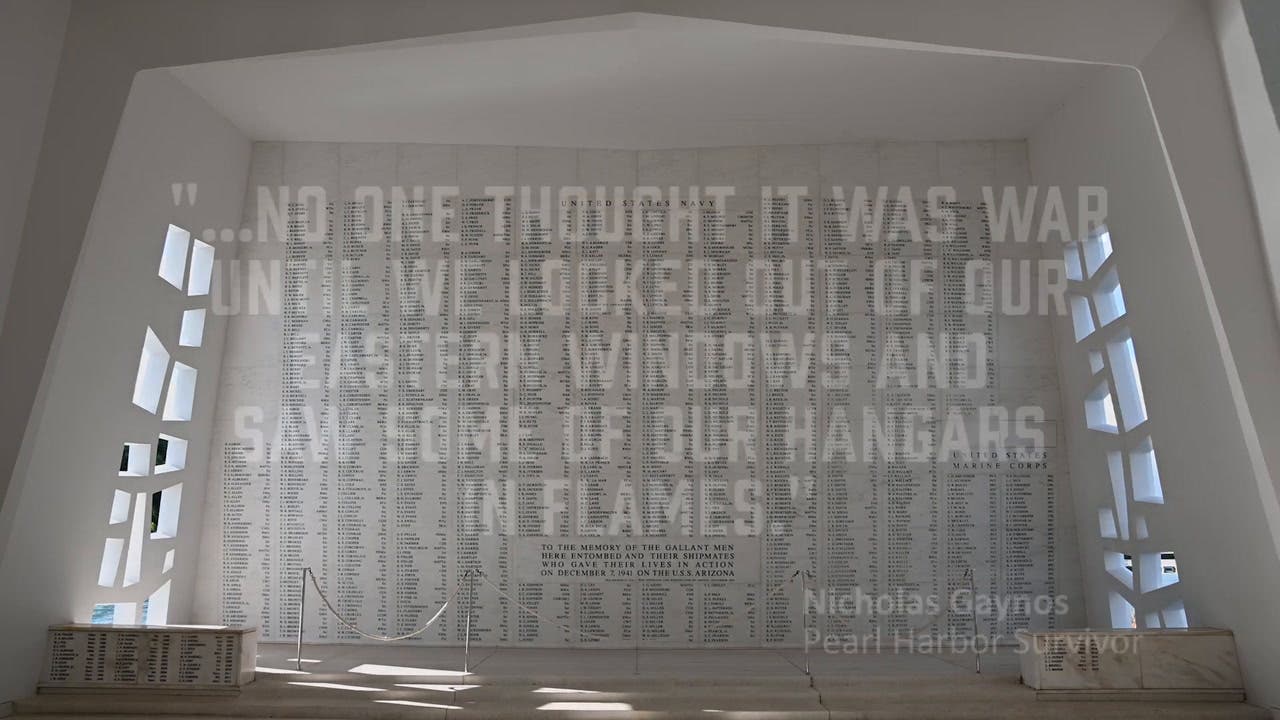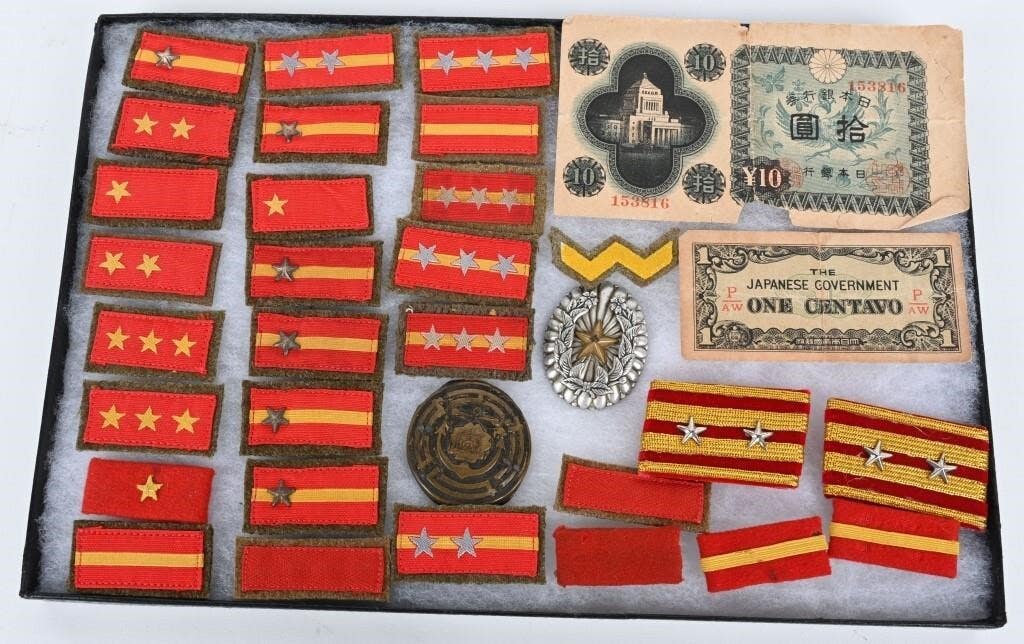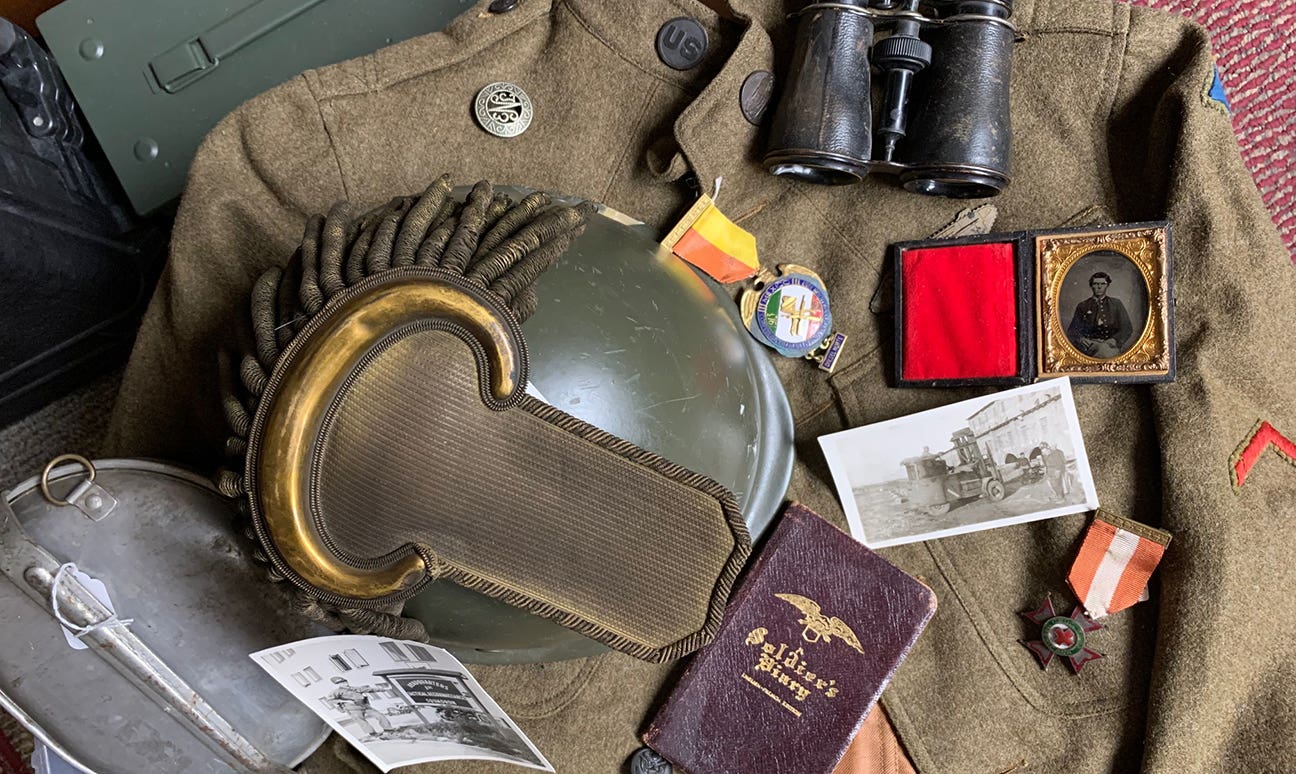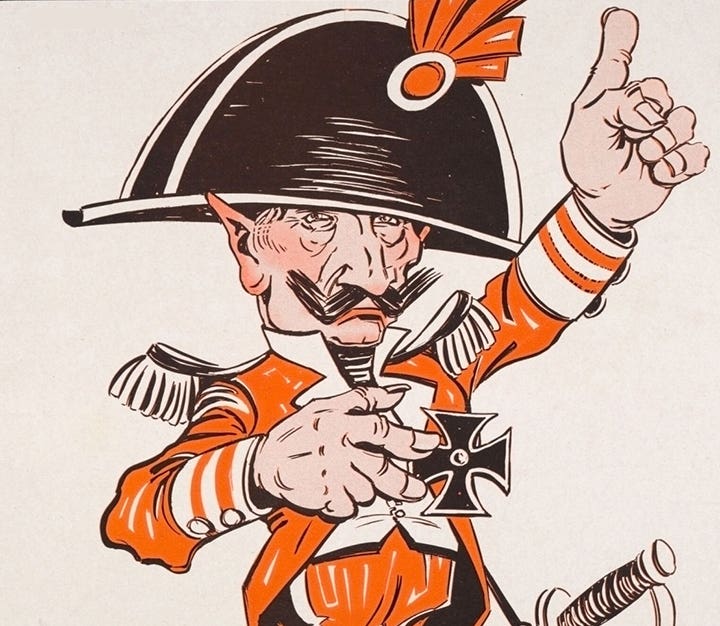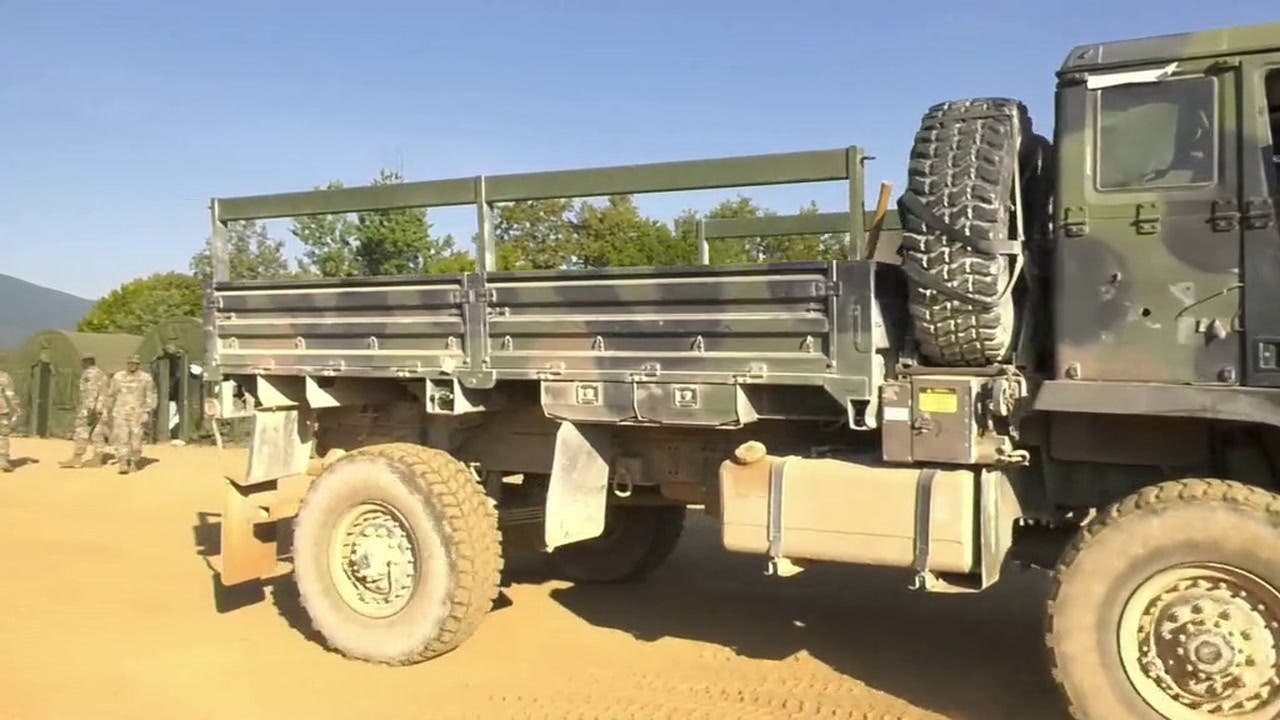Is Our Collecting Economy “Good?”
During the past few months, popular media outlets report that the “economy is good.” After years of disheartening economic measures, recent reports of stabilized interest rates, increases in housing start-ups,…
During the past few months, popular media outlets report that the “economy is good.” After years of disheartening economic measures, recent reports of stabilized interest rates, increases in housing start-ups, and jobs numbers growing, a lot of people are breathing easier these days. But, as far as you and I are concerned, how does this translate to the world of historic military vehicles and memorabilia sales?
A GLIMPSE AT THE STATE OF MILITARY COLLECTING
Back in 2008-2009, I was writing catalog descriptions for a prominent militaria dealer. While we heard reports of a falling market, we were seeing record sales of military relics. With each news report of an impending “great recession,” we would joke with each other, “What recession?” At the time, we didn’t realize that there was a lag in impacting the military relic and historic military vehicle (HMV) markets. The great recession didn’t hit our world until several years later — and I think we are still fighting to drag ourselves out of it.
A few, fairly reliable barometers of our hobby include WWII Jeeps, Civil War firearms, and WWII Second Class Iron Crosses. When the economy is good, the prices of these items rise. And when the economy falters, so do the prices on these relics (as a whole field).
While all of us can point to examples, let’s consider the average price of what we call a “number 2” WWII Ford GPW or Willys MB Jeep. Basically, a number 2 vehicle is parade ready, being 95-99% restored to accurate, original condition. In 2009, a standard grille version of either the Ford or GPW in this condition was running around $15,000-$18,000. Today, ten years later, that same Jeep will run about $20,000-$24,000.
In the world of Civil War firearms, the Model 1861 Rifle-Musket serves as a good measuring stick of the economy. By far, the most typical of infantry weapons, any Civil War collection is incomplete without a representative Model 1861. In 2008, an 1861 pattern made by one of several manufacturers would sell for around $900-$1,200 in National Rifle Association’s “Good” condition (defined as “In safe working condition, minor wear on working surfaces, no broken parts, no corrosion or pitting that will interfere with proper functioning). Today, while you will see these rifles at a variety of prices, they tend to sell for $1,200 to $1,800.
And in WWII memorabilia, the staple remains the iconic, German Iron Cross, Second Class. While tens of thousands of German soldiers received these awards, they remain a popular, distinctive relic to represent the rise and fall of the Third Reich. Whether a collector focuses on WWII German, American, British, Canadian, or other nationality, an Iron Cross can easily fit into the theme, making them one of the most popular WWII collectible.
Back in 2008, prior to the market crash that initiated the Great Recession, an Iron Cross, 2nd Cl. ran about $45. A decade later, that same medal is going fetch about $95.
So, based on these three basic barometers, we could conclude that the military collecting field is doing okay. Some areas, like historic military vehicles and WWII memorabilia, are growing steadily, while others, like Civil War firearms, have flattened out but are recovering are over the last ten years.
But, is that accurate? You and I both know that attendance at shows and rallies is down in the last few years. We have seen many shows fold-up. Many of our favorite haunts like antique stores, junkyards, and flea markets have disappeared. And, from my perspective, the number of advertisers in traditional print media has dropped. If we measured our response based on these indicators, we would conclude that the hobby is in a slump.
SEE THE BOOM?
I am sure you, just like a lot of market watchers, will quickly interject, “But look at the internet! The hobby is booming!
Appearances can be deceptive. That is why we need to look deeper. How quickly are internet dealers changing inventory? An easy indicator is to watch the smart dealers—they raise prices when the market is strong and have sales when the market is weak. How are your favorite dealers reacting lately?
Regardless of the indicators, our hobby is a nuanced one. It is very fickle. Unique or deeply desirable pieces are selling for record prices, leaving some with the impression that things are great. But what about the guy with a table full of WWII-modern field gear, or the couple selling US patches and distinguished unit insignia, or the dealer who has hauled a variety of parts for M35 deuce-and-a-halfs, M715s, and M38A1s to the local show. How are they doing in this current economy?
WHAT STIMULATES OUR ECONOMY?
We could talk on and on about the health of the hobby, arguing whether prices are up or down. We could debate whether new people are entering or old ones are leaving (through choice or death). Regardless, what we are really want to know is, “What will stimulate our market?”
There are some genuine, proven stimulants to our hobby, though most are out of our individual control. These include:
*Movies. Remember how “Saving Private Ryan” and later, the HBO mini-series “Band of Brothers” impacted the hobby? We are still feeling the influence as people rediscover these action-packed dramas. Sales of D-loop helmets, 101st Airborne patches, and WWII Jeeps are still benefiting from these productions. It has been a long time, though. Saving Private Ryan debuted in 1998 and Band of Brothers, three years later in 2001.
*Major Reenactments. Some media has reported that the number of reenactors participating in the 2019 Battle of Gettysburg was down by 10,000 from the peak at the 150th Anniversary celebration of 2013. Regardless, major, multi-thousand participant events spark lots of spending.
*Anniversaries. I don’t know that I really believe this, but I will throw it out there: Major military anniversaries do spark some interest. That has certainly been true of the 75th Anniversary of major WWII milestones. To a much lesser degree in the United States, the 100th Anniversary of WWI did draw new people into the hobby and a rise in demand. However, the 100th anniversary of the Spanish-American War and the 150th anniversary of the Mexican-American War both came and went virtually unnoticed.
*Discovery a cache of relics. Wow. Nothing creates demand like the discovery of a forgotten stash. Take, for example, Mosin-Nagant rifles. With more than 37 million made since its inception in 1891, the Mosin-Nagant is one of the most mass-produced military rifles in the world. Prior to Fall of the Soviet Union, collectors regarded the rifles as oddities, never letting them achieve much status in our market. But, when the Wall came down and the market flooded with tens of thousands of surplus Mosin-Nagant, collectors took notice and began to discover subtle nuances that determined which rifles were desirable (and therefore, more expensive) and which were common. A whole new market emerged that is still strong today as collectors and shooters discover more details about the rifles.
*Lowering prices. Dealers hate to succumb to the idea that nothing generates interest and activity more than simply lowering prices. Face it, our hobby is definitely governed by the principle of supply and demand. If supply is high and demand is low, the common market correction is: Lower the price.
I think I am typical of most buyers. For example, I don’t collect K98 rifles. However, if I suddenly notice that Mauser K98s have dropped significantly in price, I am likely to buy one. The fear of missing an opportunity will cause me to jump into collecting areas that are new to me.
WHAT DOES THE FUTURE HOLD?
We can’t control all the factors: Home prices will rise and fall without our input, as will the stock market, and the price of corn futures. However, in our little world of military collectibles, we can impact our hobby. We can strengthen it if we determine to do so. How? Here are a few tips to strengthen the hobby:
*Attend one more show than you did last year.
*Look over your inventory and mark down several pieces by 20 or more percent.
*Advertise. Don’t rely on people finding you on the Internet. Print up your business cards, take out some print ads, or even put a wrap on your vehicle. Let people know you exist outside of the shadows. It is up to you to “mainstream” the hobby.
*Let some of your “good stuff” go at reasonable prices. If we all hold out for “top dollar” for our collections, new collectors won’t be able to become involved.
*Try to figure out how to reach out in your community: Talk to Scout troops, visit Veteran homes, put up displays in the local mall or library, drive your vehicle to the evening cruise-in or volunteer it for rides at local church bazaars or community events.
The key to a successful hobby—or any business, for that matter—is exposure. We can’t grow if we stay in our “war rooms” or garages. Making contact with the general public is the fastest way to stimulate our hobby.
Or, we could wait another 20 years for another Saving Private Ryan.
Preserve the Memories,
John Adams-Graf
Editor, Military Trader and Military Vehicles Magazine
John Adams-Graf ("JAG" to most) is the editor of Military Trader and Military Vehicles Magazine. He has been a military collector for his entire life. The son of a WWII veteran, his writings carry many lessons from the Greatest Generation. JAG has authored several books, including multiple editions of Warman's WWII Collectibles, Civil War Collectibles, and the Standard Catalog of Civil War Firearms. He is a passionate shooter, wood-splitter, kayaker, and WWI AEF Tank Corps collector.



